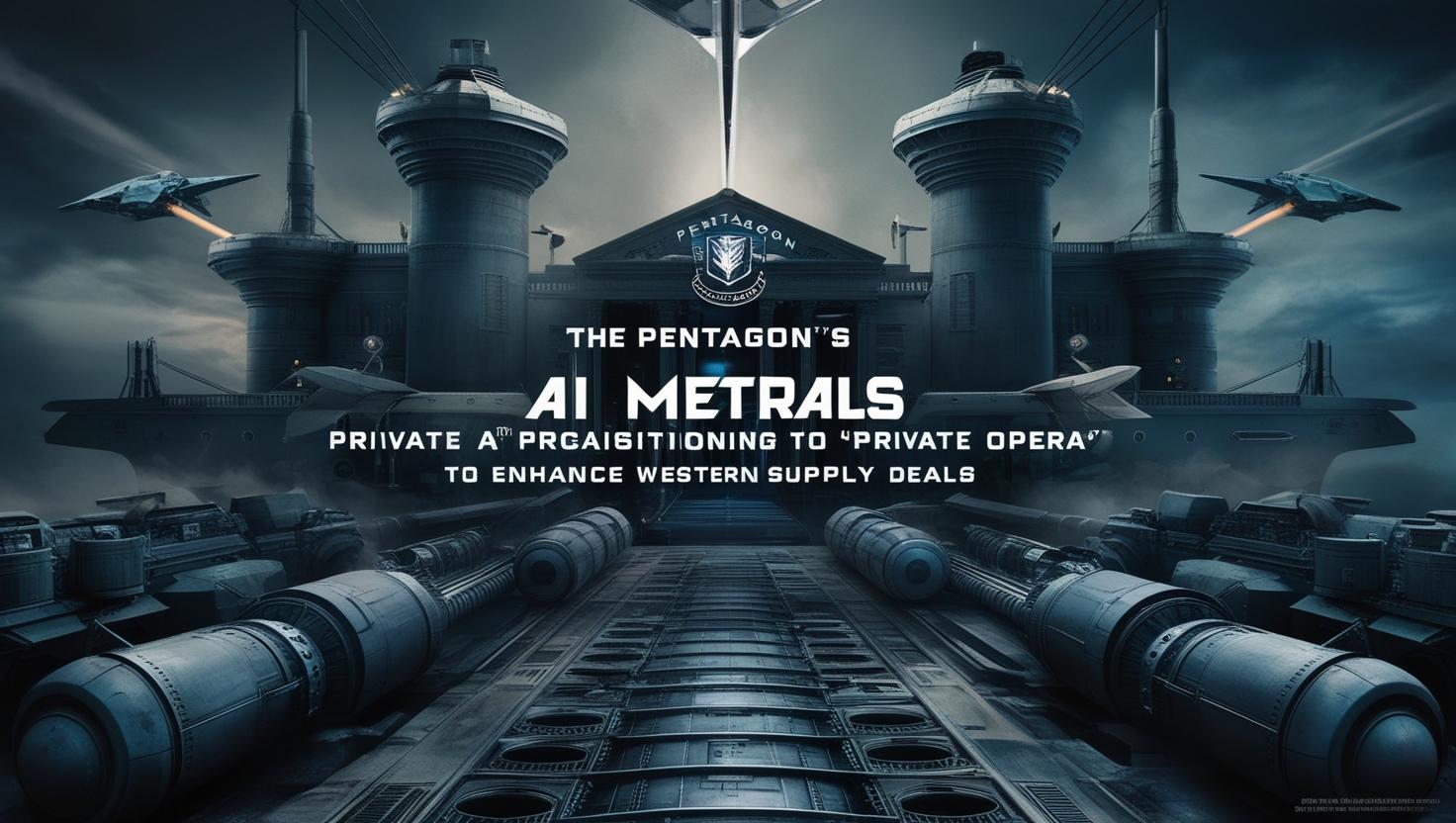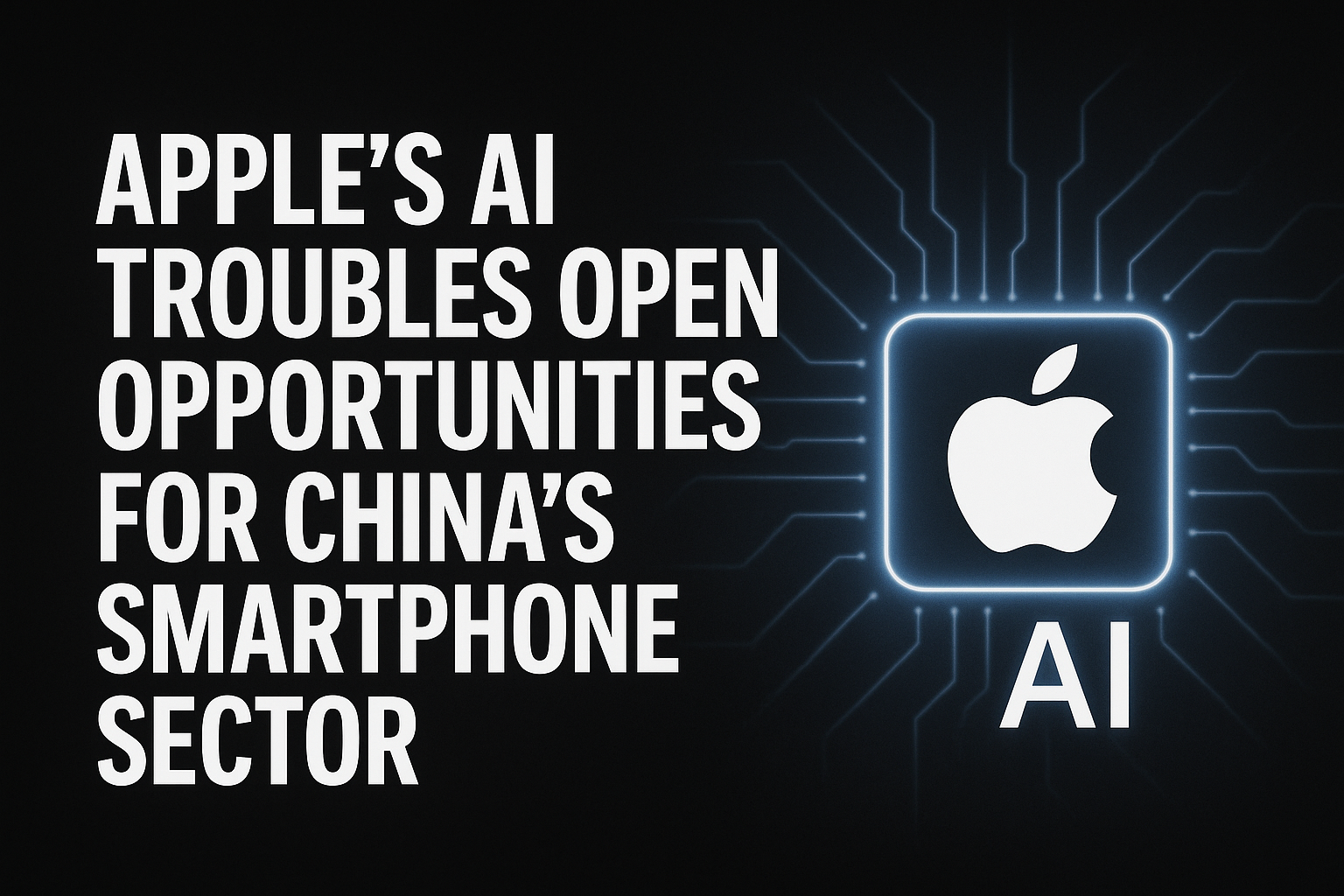A U.S. government-created artificial intelligence program that aims to predict the supply and price of critical minerals has been transferred to the control of a non-profit organization that is helping miners and manufacturers strike supply deals.
Launched in late 2023 by the U.S. Department of Defense, the Open Price Exploration for National Security AI metals program is an attempt to counter China’s sweeping control of the critical minerals sector, as Reuters reported last year
Now, more than 30 mining companies, manufacturers and investors – including auto giant Volkswagen (VOWG.DE), opens new tab – have joined the Critical Minerals Forum non-profit and will be its first users, according to Rob Strayer, a former U.S. diplomat and the organization’s president.
“Everyone in the critical minerals sector is looking for more price transparency,” said Seth Goldstein, a lithium industry analyst with Morningstar. “Any tool like the CMF that could help would be welcome.”
Other members include copper miner South32 (S32.AX), opens new tab, rare earths producer MP Materials (MP.N), opens new tab and defense contractor RTX (RTX.N), opens new tab. The CMF held its first meeting with members in November. The privatization and CMF’s membership have not previously been reported.
Armed with the AI model, the CMF aims to help manufacturers curb their reliance on China by signing more metal supply deals with Western mines, according to more than two dozen industry consultants, purchasing agents, analysts, regulators and investors who told Reuters the program reflects one of the boldest efforts to date to transform the ways certain metals are bought and sold.
The goal is for the AI model to calculate what a metal should cost when labor, processing and other costs are factored in – and Chinese market manipulation is factored out – and thus give buyer and seller confidence in a deal’s economics.
Some deals with the CMF are beginning to take shape. Nevada officials this week said they would work with the CMF and its AI model to help attract copper smelting to the state. The U.S. has only two copper smelters and as such imports nearly half of its demand for the red metal.
The program has already faced skepticism over whether it can achieve the goal of transforming the long-established ways metals are bought and sold.
Yet it is aimed less at heavily traded metals – such as aluminum – and toward lightly traded metals or metals that see heavy overproduction from some in an attempt to sway market pricing.
For example, the CMF model could help manufacturers forecast available nickel supplies in 2028 if the U.S. were to impose a 100% tariff on that metal from Indonesia, the top global producer.
That data that could help a manufacturer determine whether to invest in a U.S. nickel mine or agree to buy its future production, a step that would help obtain financing for a mine’s construction.
In such a scenario, the nickel buyer would use the AI model’s data to negotiate a long-term deal for guaranteed supply, regardless of whether Chinese miners boost production and drive down market prices, as they have done in recent years.
Source: https://www.reuters.com/





